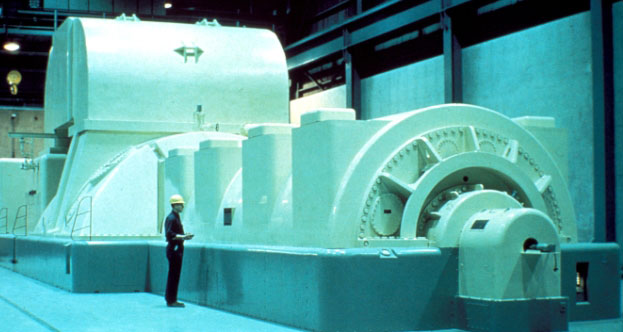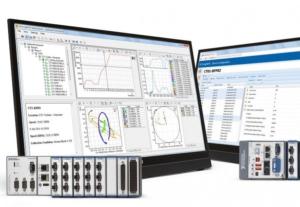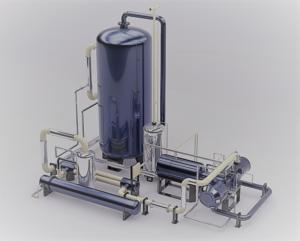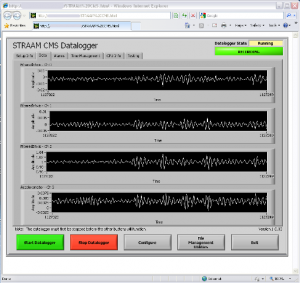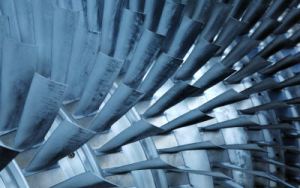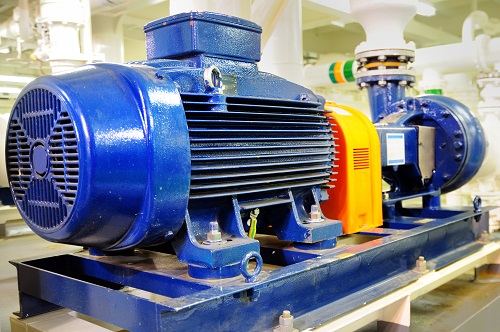
Continuous Monitoring & Data Acquisition from Large Industrial Equipment
Why do it. How to do it. Gotchas. How to get help.
What are we talking about here?
We’re essentially talking about:
- Mounting some data acquisition hardware on a piece of industrial equipment and connecting various sensors to take measurements (e.g., temperature, pressure, current, voltage, vibration) from the equipment.
- Processing and sending the acquired data from the data acquisition hardware to some other location either in the building or half way around the world.
- Analyzing the data (either by hand or automatically) to make better decisions about the industrial equipment.
What better way to illustrate what we’re talking about then by showing a few case studies.
Why do it?
Generally, you’ll be interested in monitoring large industrial equipment because you want to better understand and track the health or condition of the industrial equipment, in order to spot trends in operating parameters that indicates reduced performance or even imminent damage.
How to do it
At a high level, you’re generally going to need to figure the following out:
- Make sure you have a business case for doing this monitoring, whether qualitative (e.g., customer satisfaction, ISO 50001) or quantitative (e.g., uptime, maintenance, lost production revenue).
- Determine what properties (e.g., vibration, temperature, current) make sense to monitor from your industrial equipment.
- Select the algorithms needed to compute features or trend those features. This may require proper data to be collected, depending on the sophistication of the algorithms.
- Select appropriate sensors and acquisition hardware to collect data at the required rates, range, sensitivity, and synchronization.
- Develop custom software or install a COTS application to process the data and send it off for analysis.
- Install and test the online monitoring system.
- Start collecting data for analysis at a small scale, show success, and iterate.
Gotchas to watch out for
- Remotely debugging is challenging. Be sure to include various event & error logging functions.
- Remote re-start when the monitoring system goes down.
- Remote reconfiguration of channels, acquisition parameters, and analysis.
- Not capturing enough training data to be able to massage the algorithms in order to give you the confidence that the monitoring system can detect fault conditions.
- Voiding the warranty on the industrial equipment.
- Safety concerns – do you have appropriate controls and safeguards in place?
- Cybersecurity – what is the monitoring system connected to, and what vulnerabilities did you just open up?
Depending on the amount of data being collected, you may also want to consider how you will assess any anomalous situations. If you are already performing route-based data collection, then your existing assessment processes will be adequate if you continue to collect data at the same volume. More likely you will collect more data, because it’s easy and incremental costs are insignificant, leading to a situation where you will either need to add staff to assess the extra data or you will have to automate the assessment process to help prioritize issues. If you’d like help creating an online monitoring system for your industrial equipment, reach out for a consultation.
